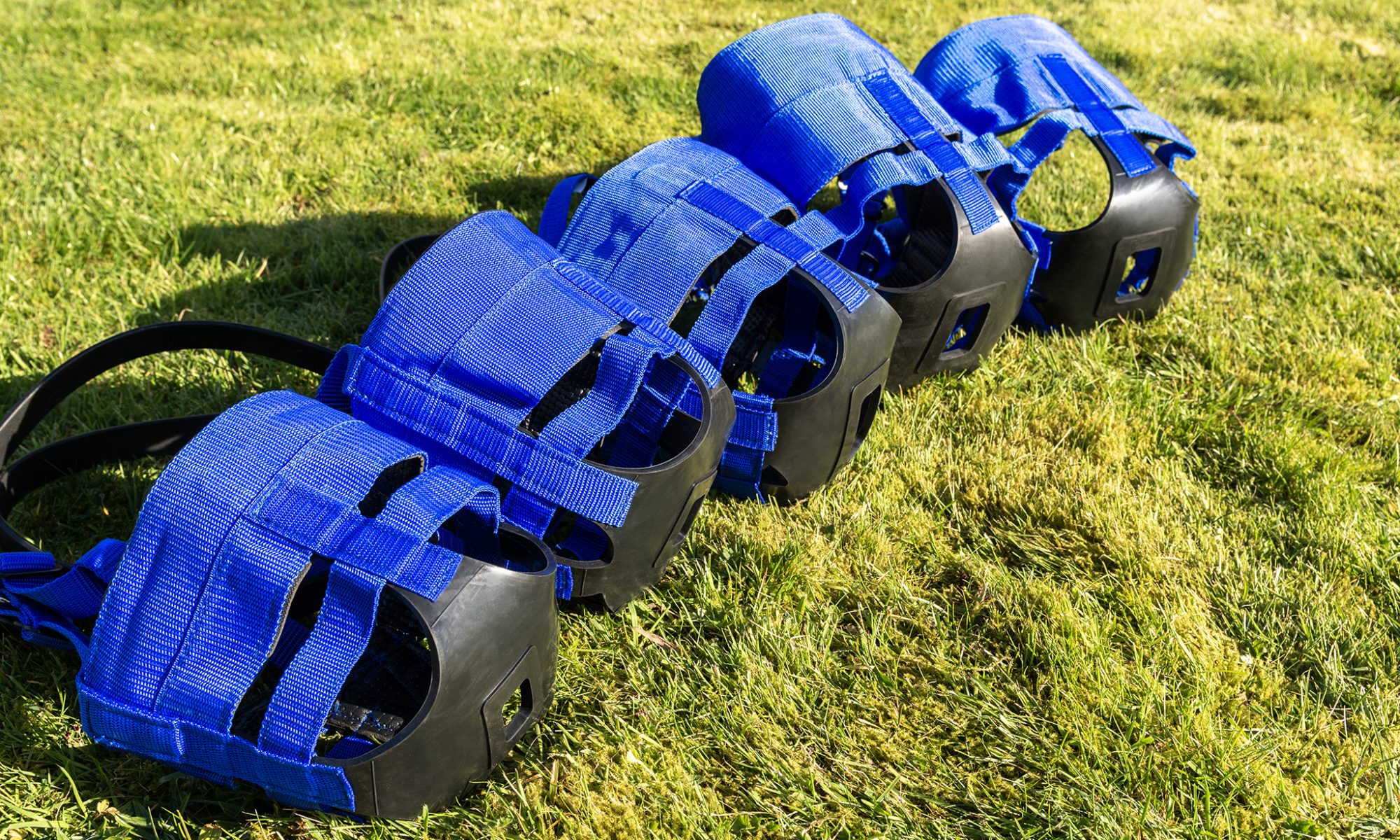Why Use a Grazing Muzzle?
Equine obesity can be associated with underlying metabolic issues such as Equine Metabolic Syndrome (EMS), Pituitary Pars Intermedia Dysfunction (PPID or Cushings Syndrome).
If your vet has tested for these, he/she may recommend a Grazing Muzzle as part of the weight management plan.
Grazing Muzzles can be a successful way to prevent Laminitis. A study on stabled ponies that wore a Grazing Muzzle on Autumn pasture measured the intake over 3 hrs and found an 83% reduction.
Horses and ponies wearing a Grazing Muzzle are more likely to spend more time foraging and therefore moving more aiding weight loss.
Grazing Muzzles should not be worn 24 hours a day. Weight loss must be monitored carefully; a healthy rate of weight loss would be a maximum of 1% a week (eg 3.5kg/week on a 350kg pony).
Due to the shape of the mouth hole of The Ultimate Muzzle most equines will manage to eat hay through it.
Fit
There should be ample room around the bucket of the muzzle. It should not be tight; you should be able to fit at least 2 fingers in the side and 3 at the back. It is advisable to watch the horse/pony eat to check there is enough room. There should be at least an inch gap between the horse’s muzzle and the base of the Grazing Muzzle.
Adjust the straps so the ring is not too close to the eyes.
The Grazing Muzzle should be removed and checked at least once a day and not left on 24 hours a day.
If your pony/ horse has not worn a muzzle before, it is advisable to introduce it gradually to let them get used to how to eat with it on.
The Ultimate Muzzle headstraps are interchangable and it may be advisable to carry a spare in case of breakage.
Pure wool covers and fleece covers are available as an accessory (extra).
In order to do our bit for the environment we will not be using individual plastic bags to package and our packaging materials are all recyclable.
